This Seven of Cups depicts an apothecary mixing medicines with his gigantic mortar and pestle. His own chosen potion peeps from the back pocket of his pants.
The occupation of apothecary dates from some of the earliest written records— at least 2000BC in Egypt— through the 19th century. In addition to selling medicinal compounds, he offered medical advice and services now performed solely by medical specialists. The apothecary is mentioned in the King James Version of Exodus Chapter 30 verse 25: “and thou shalt make it an oil of holy ointment, an ointment compound after the art of the apothecary: it shall be an holy anointing oil.”
The Oxford translates this same chapter: “and you shall make of these a sacred anointing oil blended as by the perfumer; a holy anointing oil it shall be.” A perfumer is an artist trained in the concepts of fragrance aesthetics, capable of conveying abstract concepts and moods with fragrance compositions. The word perfume comes from the Latin “per” meaning “through” and “fumus” meaning smoke: the first form of perfume was incense. Perfume was initially developed to attract the goodwill of the gods. For many years, perfume use was restricted to religious ceremonies performed by priests— and to the very wealthy. This gives the Seven of Cups a bit of a smoke-and-mirrors feel I associate with it.
Both the perfumer and apothecary were chemists, the difference between the two occupations being historically nebulous at times. Both perfumer and apothecary used potions in attempt to bring dreams into reality: dreams of health, dreams of heaven, dreams of love.
With every dream, there is a risk of illusion. Those prone to intoxication and escapism have no clear boundary between reality and fantasy and thus fall easy prey to the claims of the snake-oil salesman. The goal to distill the workings of a highly-developed imagination from the substance of every day life.




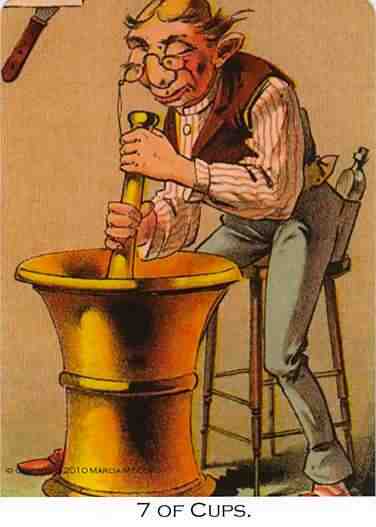



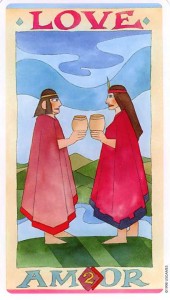

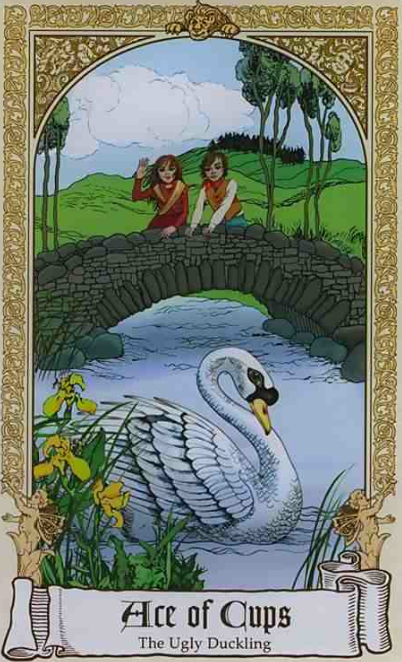 Written & Designed by Karen Mahoney
Written & Designed by Karen Mahoney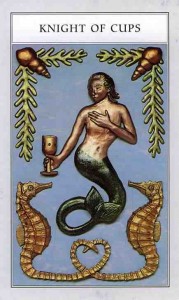
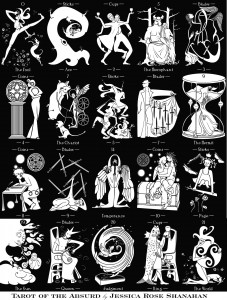
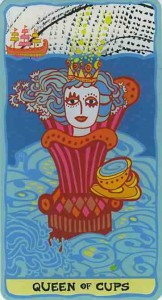
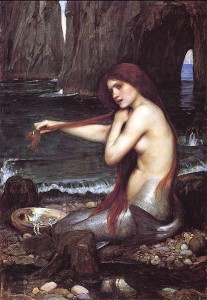

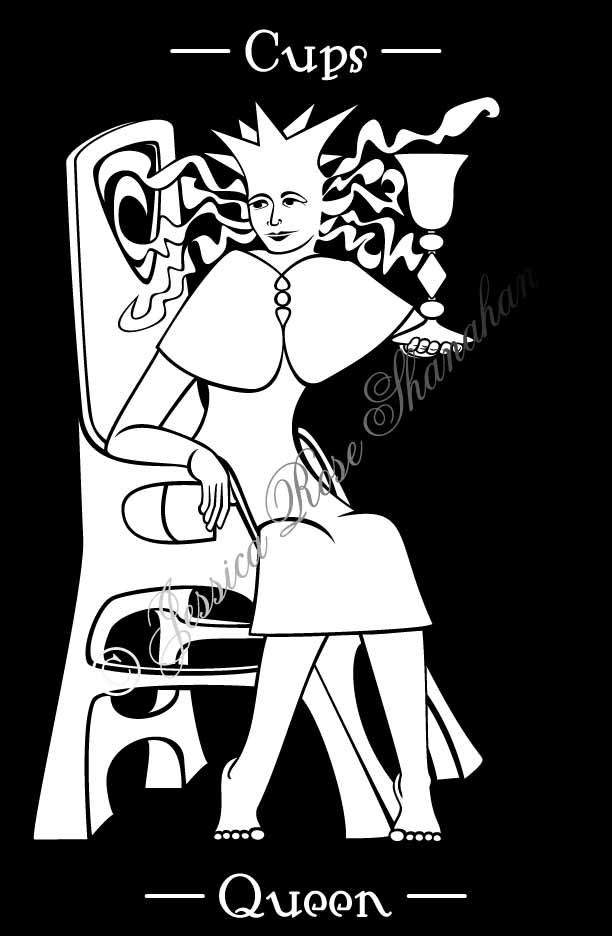 Artist: Jessica Rose Shanahan
Artist: Jessica Rose Shanahan